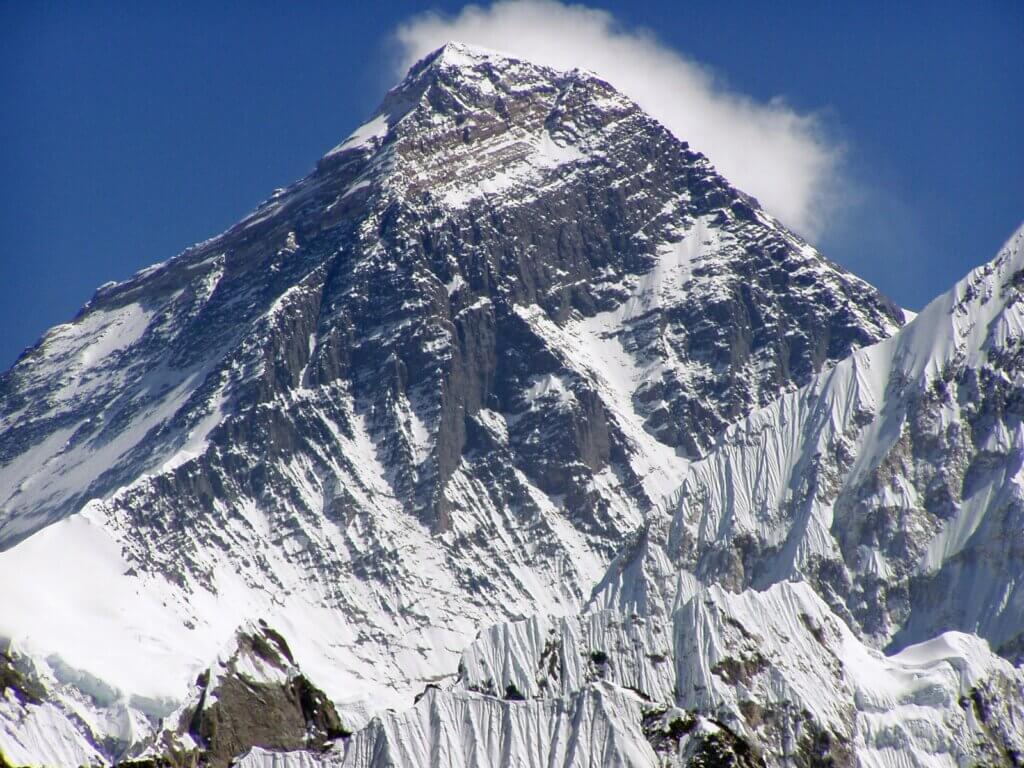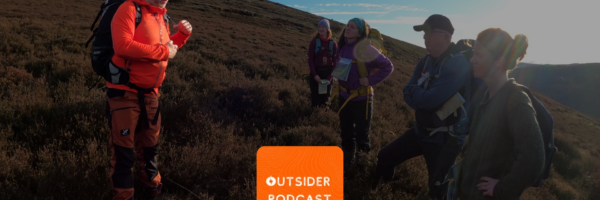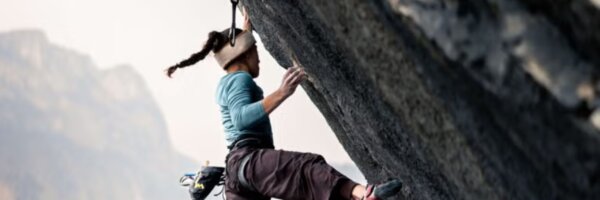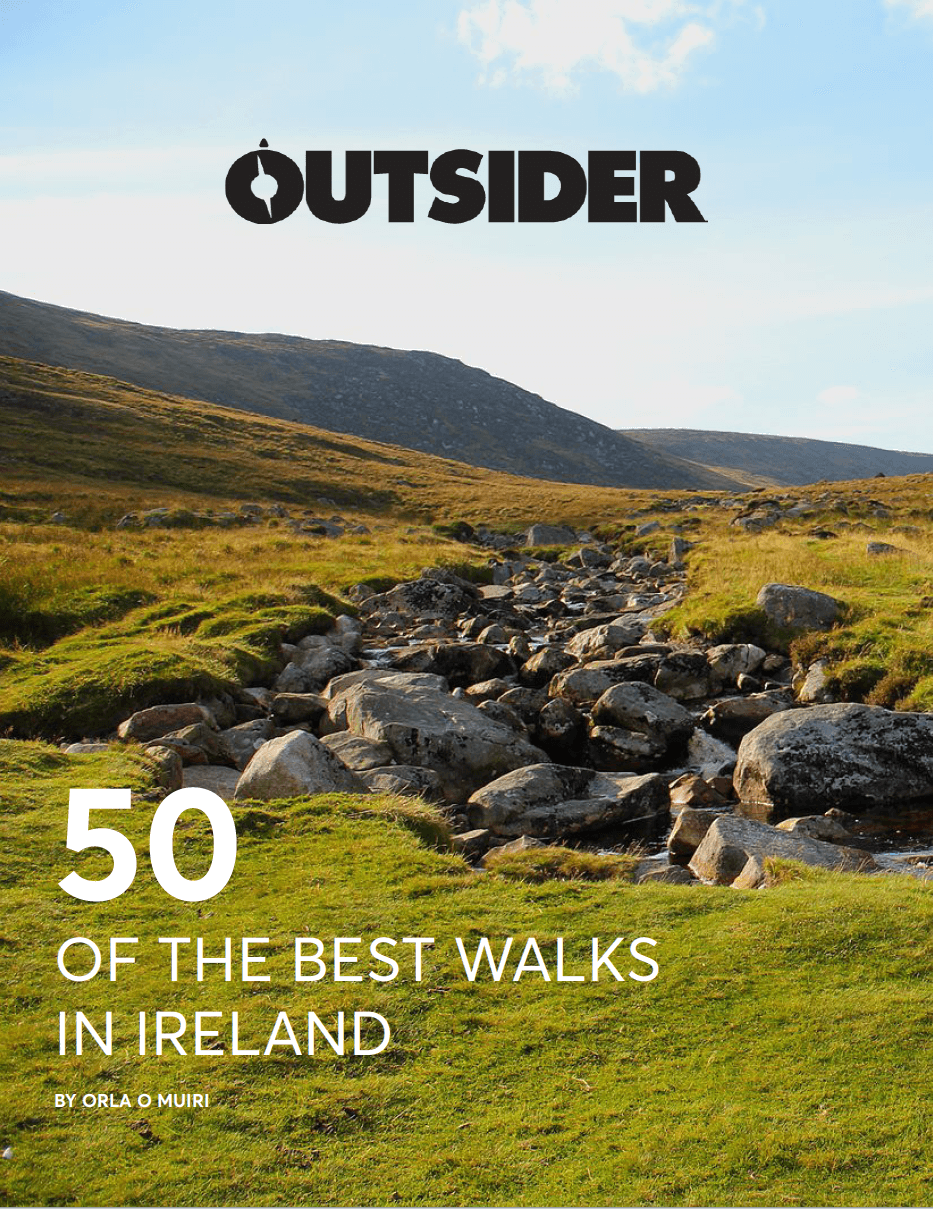Mount Everest has always been a symbol of human endurance, with climbers pushing themselves to the limit in one of the most challenging environments on Earth. But as technology advances, drones are beginning to play a significant role in this iconic landscape. While some see them as a game-changer for safety and efficiency, others worry they could compromise the spirit of traditional mountaineering.

Pros: Efficiency, Safety, and Environmental Impact
Drones offer immense benefits, particularly in terms of safety and efficiency. The notorious Khumbu Icefall, one of Everest’s most dangerous sections, requires Sherpas to carry heavy equipment like ladders and oxygen cylinders through perilous terrain. This often takes hours and places them at risk, but drones can deliver these supplies in minutes, significantly reducing the time spent in hazardous areas. Drones are also revolutionising rescue operations, enabling the rapid delivery of life-saving oxygen and medicine during emergencies. Furthermore, drones are helping address Everest’s waste problem by transporting garbage from high-altitude camps and cutting down on human and helicopter traffic, which contributes to the environmental toll. As a more energy-efficient alternative to helicopters, drones could play a key role in reducing the mountain’s carbon footprint.
Cons: Disruption of Tradition and Technical Challenges
However, the rise of drones on Everest has sparked concerns, particularly about the loss of tradition and the human element of climbing. For decades, Sherpas have been the backbone of Everest expeditions, using their unparalleled skills to navigate the mountain’s treacherous terrain. Some feel that the use of drones could undermine this expertise, replacing hands-on experience with technology. Additionally, while drones provide clear logistical advantages, their operation at Everest’s extreme altitude and in unpredictable weather presents significant challenges. The technical limitations, such as short battery life, reduced performance in harsh conditions, and the expense of maintaining these devices, raise questions about the long-term viability of drone use in this environment.
Balancing Innovation and Tradition
As drones become more integrated into Everest expeditions, their role is likely to continue evolving. For many, they represent a much-needed advancement in making the mountain safer and more sustainable, while helping to address environmental concerns. Yet, for others, they risk diminishing the essence of what it means to climb the world’s highest peak. Ultimately, the challenge will be finding a balance between embracing innovation and preserving the core traditions that have defined Everest climbing for generations.











